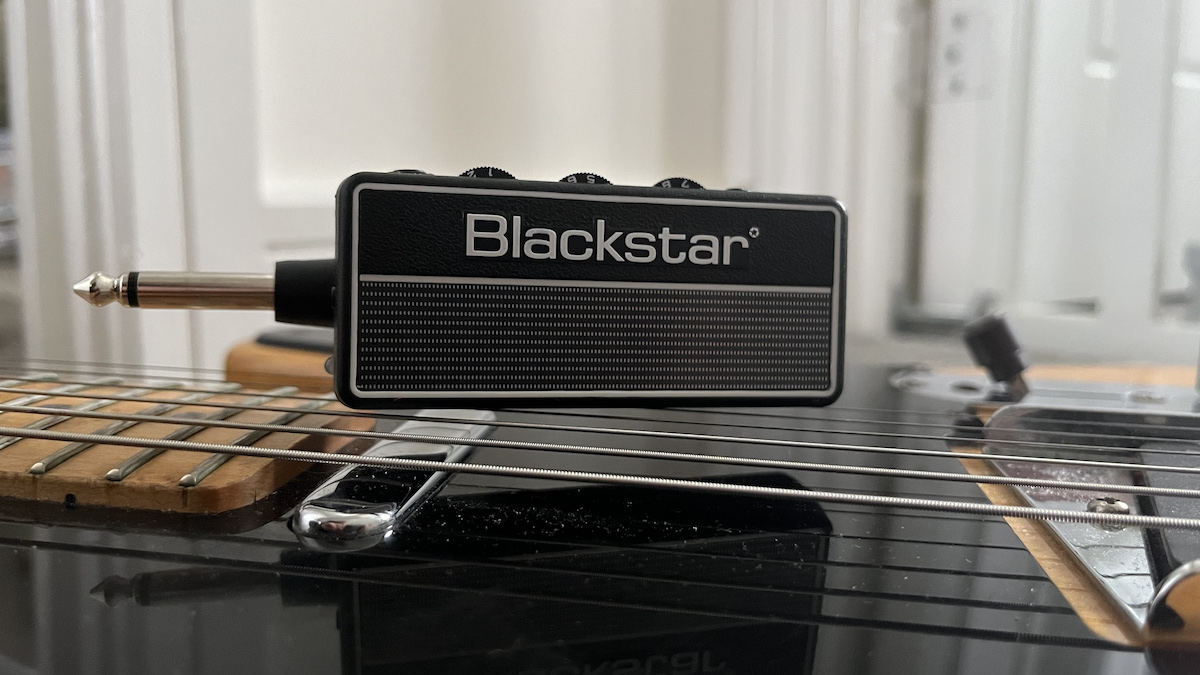Guitar World Verdict
This is a great-sounding headphone amp that covers a massive range of tones, making it the perfect silent practice tool. With three channels and three effects, you can cover pretty much any playing style.
Pros
- +
Good range of tones
- +
Dynamic and touch responsive
- +
Perfect for late night, silent practice
- +
Well priced
- +
Moving jack plug works well
- +
Decent effects section
Cons
- -
Feels a little plastic-y (because it is)
- -
We experienced some background noise
You can trust Guitar World
The Blackstar amPlug 2 FLY is a portable, battery-powered headphone amp for guitar. Designed primarily for use with headphones, it provides a range of different tones, alongside three types of effects.
The Vox amPlugs have been around for years, and now Blackstar is sharing this technology to bring their trademark versatility and scope for crafting huge guitar tones to a massive range of players. From bright sparkly cleans, through on-the-edge-of-breakup tones, all the way to tight, chunky high gain sounds, this pocket-sized amp really can do a lot.
It has three roller knobs for dialling in gain, volume and Blackstar’s patented ISF (it’s essentially an EQ). There is then a button to scroll between effects – reverb, chorus and delay, and then the power button also acts as a channel switch allowing you to go from clean, to overdrive, to distortion. The unit plugs directly into your guitar with its built-in jack plug, then you run a pair of wired headphones out to hear it.
Exploring the sounds
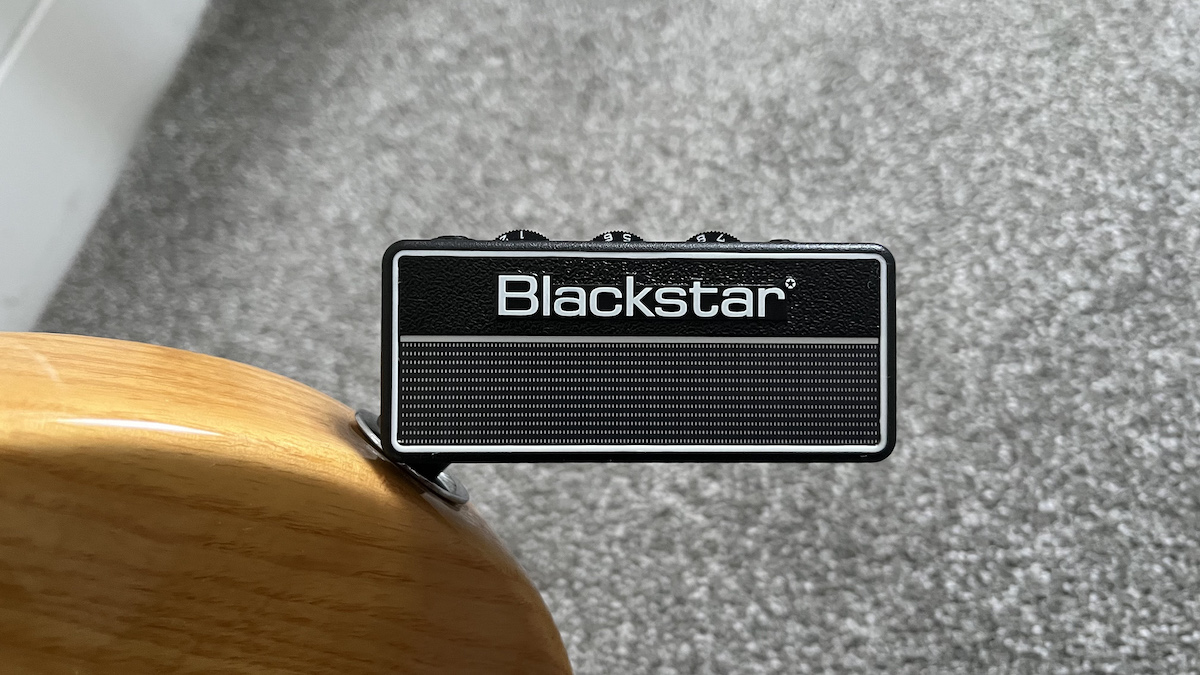
So, what does it sound like? First off, let’s recognize what it is – it’s a headphone amp, so it hasn’t really been designed to compete with all-tube amp stacks. That said, it does sound good.
You can dial in different clean tones – warm and rich, with a thick low end, or bright and sparkly. The ISF is great for this – it’s been designed to give you the option of British and American-style voicings, but you can just treat it like an EQ knob to find your sweet spot.
Pushing the volume, it does go really loud – probably more than you’d ever need with headphones, and it stays clean. Bring in the gain and you start to get those edge-of-breakup tones. You might not be fooled into thinking it’s a tube amp, but it’s certainly close enough for silent practice or if you’re travelling and want to keep your electric guitar chops up.
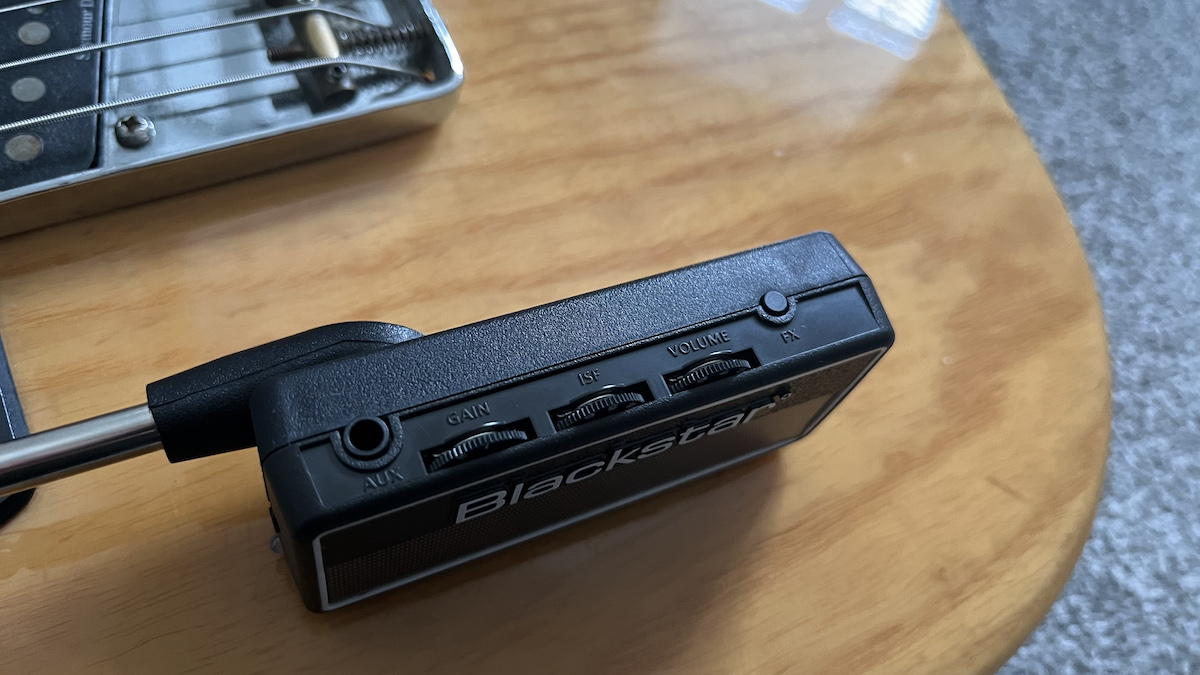
With the three channels, there is some crossover with gain – this is good as it means you really are covered for whatever style of music you want to play. The overdrive channel goes from really low crunch tones that clean up with a light touch up to some pretty gnarly distortion. Then, on the third ‘lead’ channel, you’re in Brown Sound territory, up to metal-worthy high gain saturation.
All the latest guitar news, interviews, lessons, reviews, deals and more, direct to your inbox!
It doesn’t have the feel or response of a tube amp but again, let’s remember what we’re playing through here. It is however, dynamic and responds nicely to your touch, so it’s close enough.
We did notice however, that when you start to turn the volume up (not up to above-average levels), you do start to get a bit of background hiss, even on the clean channel. Not enough to put us off, but we felt it was worth mentioning. We also noticed that, on certain settings, the signal peaks when digging in with a guitar pick.
As mentioned, the ISF is useful to have. A lot of people will probably set and forget it – you dial it in to your liking, then you might leave it there. If you’re swapping guitars whilst using it though, the ISF allows you to dial in the tone to suit the pickups you’re using.
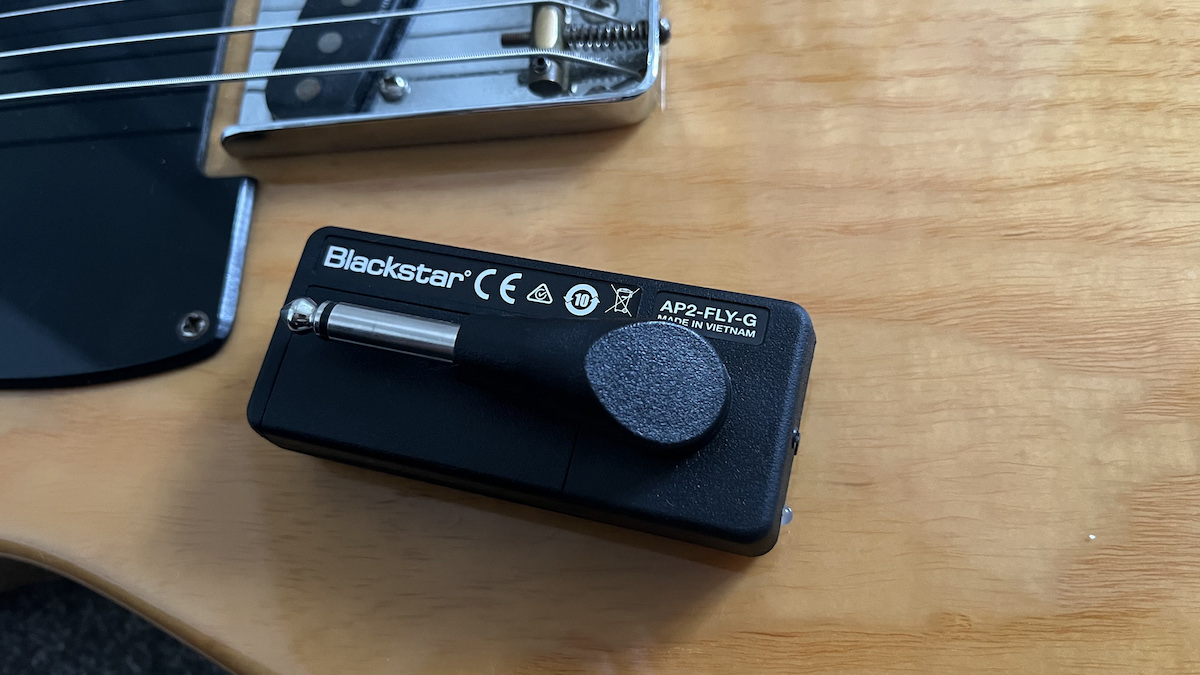
The effects are also very good. The dedicated button lets you go from reverb to delay to chorus, and then bypass. If you then hold that button down and press the power button, you can cycle through three different reverbs, three different delays and three different choruses.
This is a really nice touch as we found that all nine effects were totally usable and would really suit different playing styles and types of music. You can get a really big, long reverb for clean ambient stuff, or a shorter one for a basic roomy rock sound, for example. This completely aligns with Blackstar’s aim of producing a headphone amp that’s super player-centric.
Our thoughts on the design
In terms of the physicality of the amp, it’s fine. It functions well and the 180 jack plug works in every guitar I tried plugging into (including a Tele with a recessed input). The fact you can move the angle of the jack plug means that you can have the amp – and therefore the controls, facing wherever will be easiest for you, making it very easy to use with a variety of different guitars.
If we’re being really picky, it doesn’t feel particularly premium, what with it being made of plastic, but let’s be real and remind ourselves of the price point here (around $57.99/£49). The fact that they include batteries with the amp is a nice touch though – you can get going straight from the box.
It really is a very good little amp, and is perfect for either beginner who want an inexpensive practice amp, for players who travel a lot and don’t want to forgo their practice routine, or for guitarists that need a silent amp for playing at night.
One of our final thoughts however, is that more and more people are now using Bluetooth headphones; some of which don’t have jack inputs. This poses a problem for the entire headphone amp space. You could pair the amPlug 2 FLY with Blackstar’s Tone:Link Bluetooth receiver but then you’re adding onto the expense. We’d love to see a Bluetooth version in the future.
Conclusion
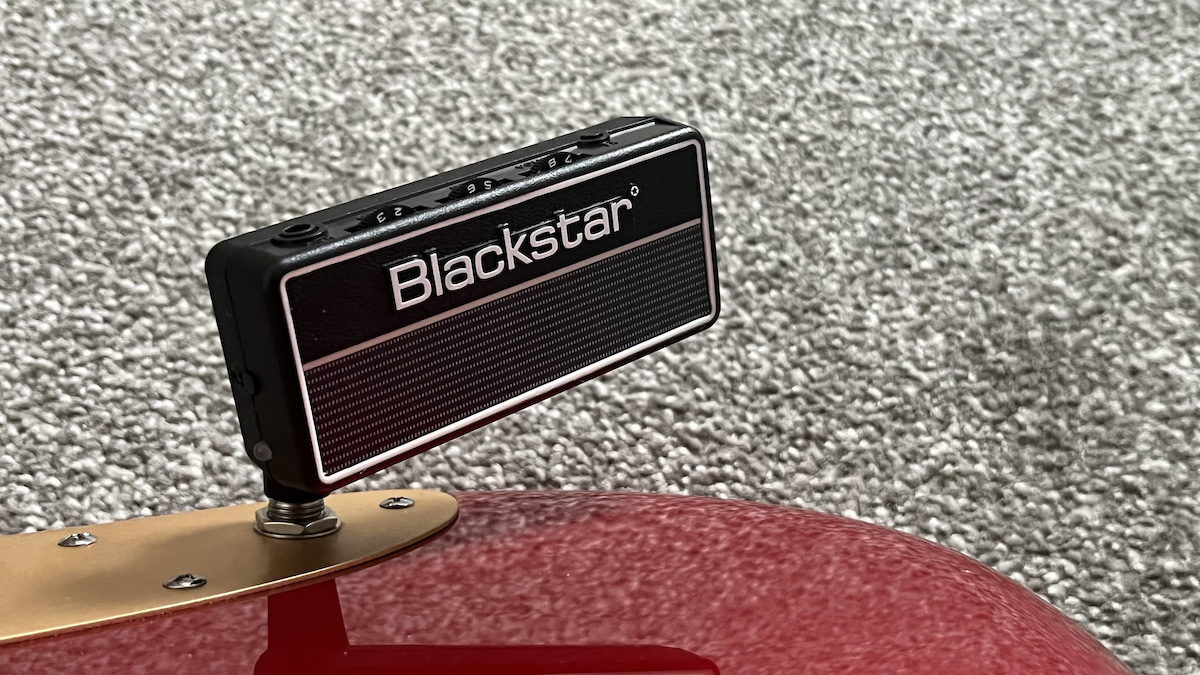
A fantastic little headphone amp that covers an impressively wide range of tones. The effects are very good, and having three different settings for each effect type is a nice touch. It’s easy to use, and it’s possible to dial in your perfect tone to suit whatever guitar you’re using it with. The sound isn’t incredible, but considering the price point and feature set, you’d be hard-pushed to beat it.
Specifications
- Type: Headphone amp
- Channels: Clean, crunch, lead
- Effects: Chorus, reverb, delay (three types of each)
- Controls: Gain, volume, ISF, effect button, power button
- Power: 2 x AAA batteries
- Contact: Blackstar
After spending a decade in music retail, I’m now a freelance writer for Guitar World, MusicRadar, Guitar Player and Reverb, specialising in electric and acoustic guitars, bass, and almost anything else you can make a tune with. When my head’s not buried in the best of modern and vintage gear, I run a small company helping musicians with songwriting, production and performance, and I play bass in an alt-rock band.
